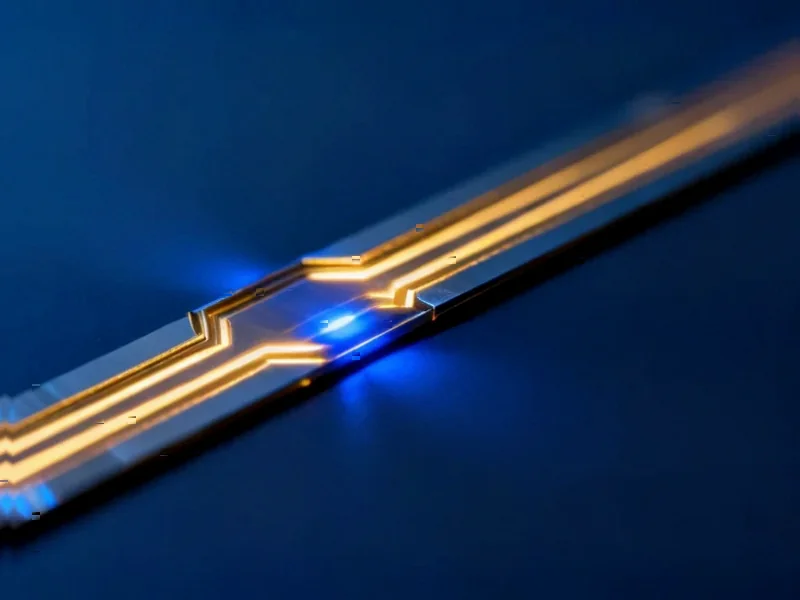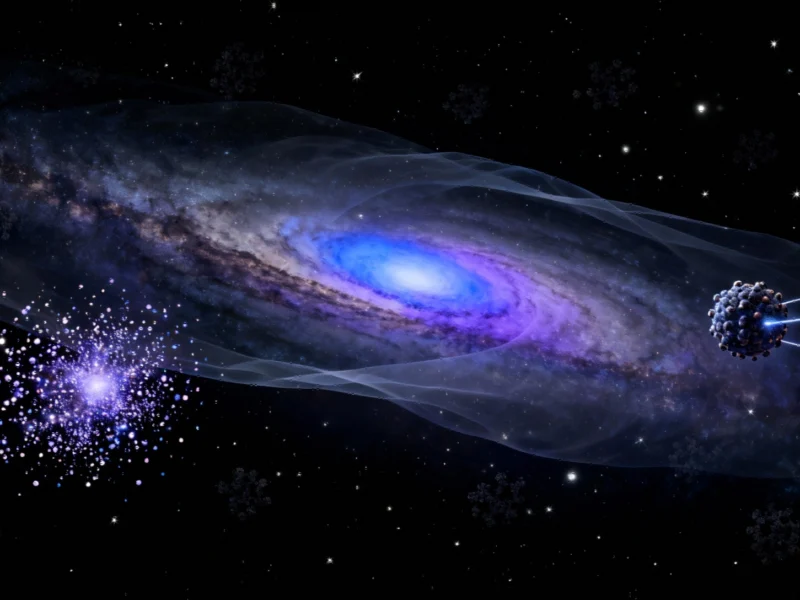Industry Breakthrough for Municipal and Industrial Water Safety
AquiSense Technologies has achieved what many in the water treatment industry considered a significant hurdle for UV-C LED technology – simultaneous validation under the US Environmental Protection Agency’s Ultraviolet Disinfection Guidance Manual (UVDGM) and certification to NSF/ANSI/CAN 61-2024 standards for its PearlAqua Kilo system. This dual achievement marks a pivotal moment for mercury-free water disinfection technology, providing water utilities and industrial users with verified alternatives to conventional mercury-based UV systems.
Table of Contents
- Industry Breakthrough for Municipal and Industrial Water Safety
- Third-Party Validation Establishes New Benchmark
- Rigorous Testing Protocols Ensure Reliability
- Material Safety Certification Addresses Comprehensive Concerns
- Implications for Water Treatment Infrastructure
- Future Outlook for UV-C LED Adoption
Third-Party Validation Establishes New Benchmark
The company’s flagship product, the PearlAqua Kilo, has undergone extensive independent testing to meet both performance and material safety requirements. “Achieving both UVDGM validation and NSF 61 certification is a major milestone not only for our company, but for the water treatment industry globally,” stated CEO Oliver Lawal. “Water operators can now deploy LED-based disinfection with the same confidence level previously reserved for conventional mercury-based systems.”, as earlier coverage
The significance of this achievement extends beyond corporate success, representing a technological shift in how municipalities and industrial facilities can approach water safety. With increasing regulatory pressure to eliminate mercury across various industries, validated LED alternatives provide a timely solution for sustainable water treatment., according to recent research
Rigorous Testing Protocols Ensure Reliability
The EPA UVDGM validation process involved comprehensive testing under varied water quality and operational conditions, specifically targeting chlorine-resistant pathogens that pose significant health risks. The system demonstrated consistent performance against Cryptosporidium and Giardia, two microorganisms particularly concerning for water treatment professionals due to their resistance to conventional chlorine disinfection., according to recent studies
Independent verification confirmed the PearlAqua Kilo’s ability to deliver reliable UV dose across different flow rates and water transmittance levels, ensuring consistent disinfection performance in real-world conditions where water quality can fluctuate significantly., according to industry reports
Material Safety Certification Addresses Comprehensive Concerns
NSF/ANSI/CAN 61 certification represents another critical component of water treatment system validation. This standard focuses specifically on materials safety, ensuring that components in contact with drinking water don’t leach harmful contaminants. The certification process involves rigorous testing for metals, non-metals, and other potential leachables that could compromise water quality., according to technology insights
Jennifer Pagan, AquiSense’s Chief Technology Officer, emphasized the importance of this comprehensive approach: “Validation is crucial for innovation adoption. By providing fully certified LED solutions, we’re enabling broader market access and competitive advantages for mercury-free drinking water applications across municipal and industrial sectors.”
Implications for Water Treatment Infrastructure
The dual certification addresses two fundamental concerns in water treatment: effective pathogen inactivation and material safety. For engineering firms specifying equipment and municipal water authorities making long-term infrastructure decisions, these validations provide the assurance needed to incorporate newer LED technology into critical water safety systems.
The achievement also signals maturation in UV-C LED technology, which has historically faced challenges in scaling to municipal-level applications while maintaining the reliability and validation status of established mercury-based alternatives.
Future Outlook for UV-C LED Adoption
With these certifications in place, water treatment professionals can now consider UV-C LED technology for applications where both performance verification and materials safety are mandatory requirements. This development potentially accelerates the transition away from mercury-based UV systems while maintaining the high standards required for public water supply protection.
The validation establishes a new reference point for what’s achievable with solid-state UV technology and may encourage further innovation and investment in the sector. As regulatory frameworks continue to evolve, particularly concerning mercury reduction mandates, such certified alternatives become increasingly valuable for water utilities navigating compliance and sustainability objectives.
For more information about UV-C LED water disinfection technology, visit AquiSense’s official website.
Related Articles You May Find Interesting
- Quantum Supersolid Rotation Reveals Vortex Synchronization Link in Groundbreakin
- UK’s Hydrogen Strategy at Crossroads as Industry Demands Clear Ammonia Integrati
- Machine Learning Breakthrough Enables Dual-Optimization of Superalloy Microstruc
- New Seismic Analysis Enables Earlier Eruption Forecasts for Mount Etna
- Neural Symbolic Regression Uncovers Hidden Network Dynamics in Complex Systems
References
This article aggregates information from publicly available sources. All trademarks and copyrights belong to their respective owners.
Note: Featured image is for illustrative purposes only and does not represent any specific product, service, or entity mentioned in this article.



